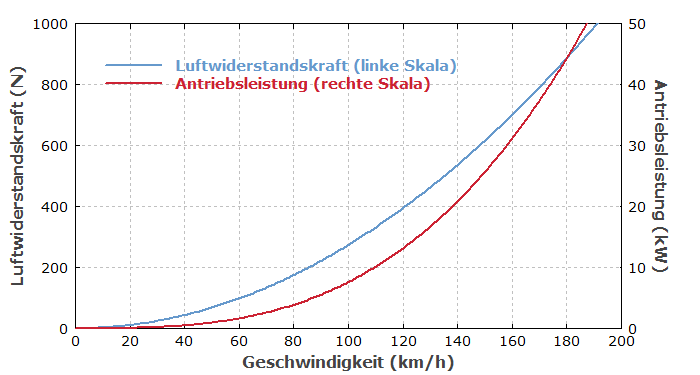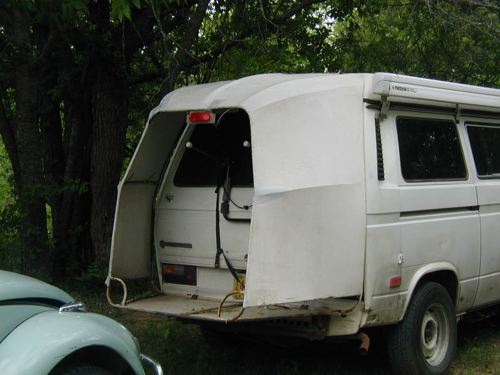I think so, if you compare to charging an EV with solar and AC charging.
Think of the losses you get: From the PV DC to AC via inverter, then from AC to DC of the EV battery pack, via the on-board charger (OBC).
DC to AC inverters can be around 90% efficient, but most are only around 85%. Then the OBC also has losses, converting that AC to DC (again, around 85% efficient, depending on the charging rate).
DC-DC converters can be up to 95-98% efficient, depending if you do stepping down (more efficient) or stepping up of the voltage.
However, as mentioned in the video, you would need a massive solar array (probably a string with high voltage, above 450v DC) in order to charge with solar only.
So for the average household with solar, I think it's not so practical, or maybe it is, but you would be charging fairly slow (3 to 7kw).
I think this would be more practical for a commercial solar install, like on warehouses, malls etc...








